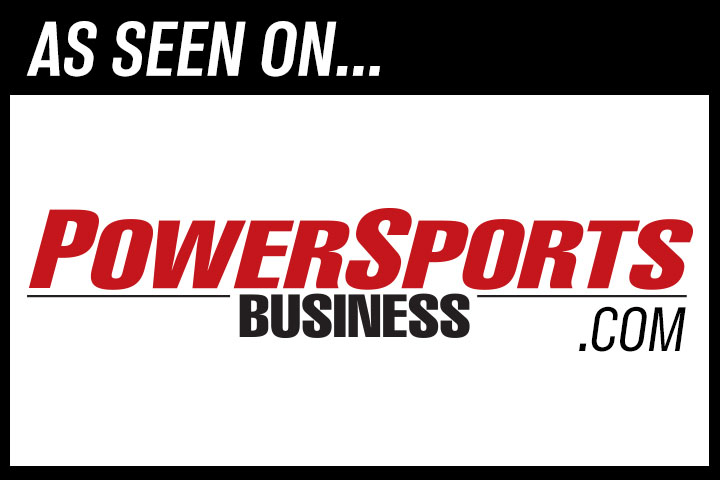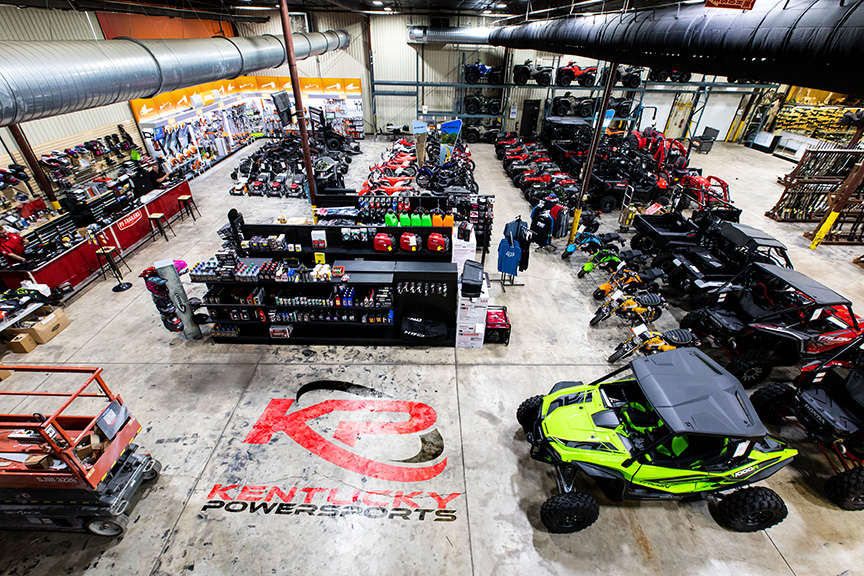Exclusive U.S. market update from Wells Fargo CDF offers assessment
Note: The following report was provided to PSB from Wells Fargo CDF. It is a followup to some of the data presented by CDF at the Powersports DEALER Seminars @ AIMExpo State of the Industry Roundtable. — Dave McMahon
The first half of the year saw the U.S. powersports industry struggle to mirror the success of the broader economy. Despite largely positive economic indicators with respect to consumer confidence, purchasing power, and credit availability, gains enjoyed elsewhere — such as within the marine and RV sectors — have largely eluded powersports to date. As we enter the last few months of the year, we take a look back to evaluate how 2016 has progressed — and where dealers stand in their expectations for Q4, and beyond.
Throughout 2016, most relevant economic indicators have been tracking positive, including broader consumer fundamentals that historically carry positive correlations to the powersports industry. Unemployment, personal income growth, interest rates, and consumer credit are performing favorably and show signs of continued stability in the near term.
However, despite broadly positive consumer fundamentals, the powersports industry has remained sluggish in 2016. While other industries reap the rewards of economic progress and improving consumer activity, the traditional powersports end-user has been seemingly more impacted by concerning underlying economic trends in key sectors, including oil, agriculture, construction, and manufacturing.
While it’s true that economic conditions favor the consumer on a broad basis (broad consumer spending is a critical factor in YTD GDP growth), it’s vital to note that the leading areas of job and wage expansion are occurring in sectors such as technology, healthcare, and services. Job and wage growth in these areas tend to support the performance of the higher-ticket sectors; less so in powersports. In the core manufacturing industry — which we believe traditionally has had a stronger tie-in to the performance of powersports — the economy has struggled of late, shedding 42,000 manufacturing jobs in the 1H of 2016.
For much of the country, weather trends have not played a meaningful role in slower YTD retail performance — lighter-than-usual precipitation and warmer, milder-than-usual temperatures have led to favorable sales conditions that have continued through the summer. However, through July the motorcycle and ATV markets were down low to mid- single digits year-over-year, respectively. Personal watercraft, which has been a bright spot for the industry, is up high single digits in year-over-year market retail numbers.
In the first half of 2016, the retail promotional environment was similar as compared to 1H 2015. Core ATV and ORV segments saw the highest levels of incentives, with cash back and retail financing offers leading all promotional activities.
The good news: dealers surveyed have reported a slight improvement in summer retail sales, specifically in the utility side-by-side and motorcycle segments. This falls in line with Wells Fargo CDF’s view of industry liquidations for the same period.
Looking Ahead: Second-Half Outlook
While the oil and agriculture sectors have modestly stabilized, there will continue to be some near-term headwinds, which will likely limit the powersports industry’s recovery. Still, many sectors are poised to normalize their numbers in the second half of the year, with personal watercraft and side-by-side anticipated to finish the year most favorably in the sector.
A recent Wells Fargo Securities Survey found that dealers are maintaining a cautious outlook through 2016. Prevailing consumer concerns, market saturation, increased competition, and difficult Q1-Q3 comps are pacing this outlook. Evaluating key sectors of the market, we’ve picked up the following insights:
- ATV: ATV retail sales have declined mid-single digits through July 2016, but dealers expect this to reverse in the second half of the year, leading to flattish overall numbers for 2016.
- Motorcycle: Second-half sales are expected to make up for the low single digit decline through July 2016, with little overall growth expected to result for the year.
- Snowmobile: the sector is still recovering from two poor snow seasons. The emergence of La Nina weather patterns could provide acceleration late in the year, however.
- Personal watercraft: Mid-single-digit growth is expected, again, the bright spot YTD for the sector
- Side-by-side: Dealers expect growth to continue at flat to low-single digits, with the Utility segment projected to outperform Rec/Sport given the new products and innovations.
Beyond 2016
OEMs continue to compete on innovation, design, and targeted marketing/model development with new 2017 models being introduced across all product categories. We are seeing meaningful new product introductions for the remainder of 2016 and into next year. Through the tepid sales of 1H 2016, innovation has continued on the OEM side and when consumer demand stabilizes there will be some amazing products available to select from.
For more information, visit wellsfargo.com/cdf or follow company news via Twitter @WellsFargoCDF.
This article is for information purposes only and is not intended as a recommendation. This article includes information that has been obtained from and is based upon third party sources which have not been independently verified. Wells Fargo Commercial Distribution Finance Corporation and any of its affiliates (“CDF”) do not guarantee the accuracy, completeness, adequacy, or timeliness of the information and any and all express or implied representations or warranties are specifically disclaimed. All valuations, opinions, projections, and estimates are subject to change without notice. Nothing contained within the report constitutes financial, legal, tax, accounting, or other advice, nor should any decisions be made solely based on this report. The report shall not be relied upon in taking or refraining from taking any action. The use of the information is at your own risk. CDF is not and makes no representations to being an agent for or advisor to any party, nor does CDF have any fiduciary obligations to any party based on the information.”


